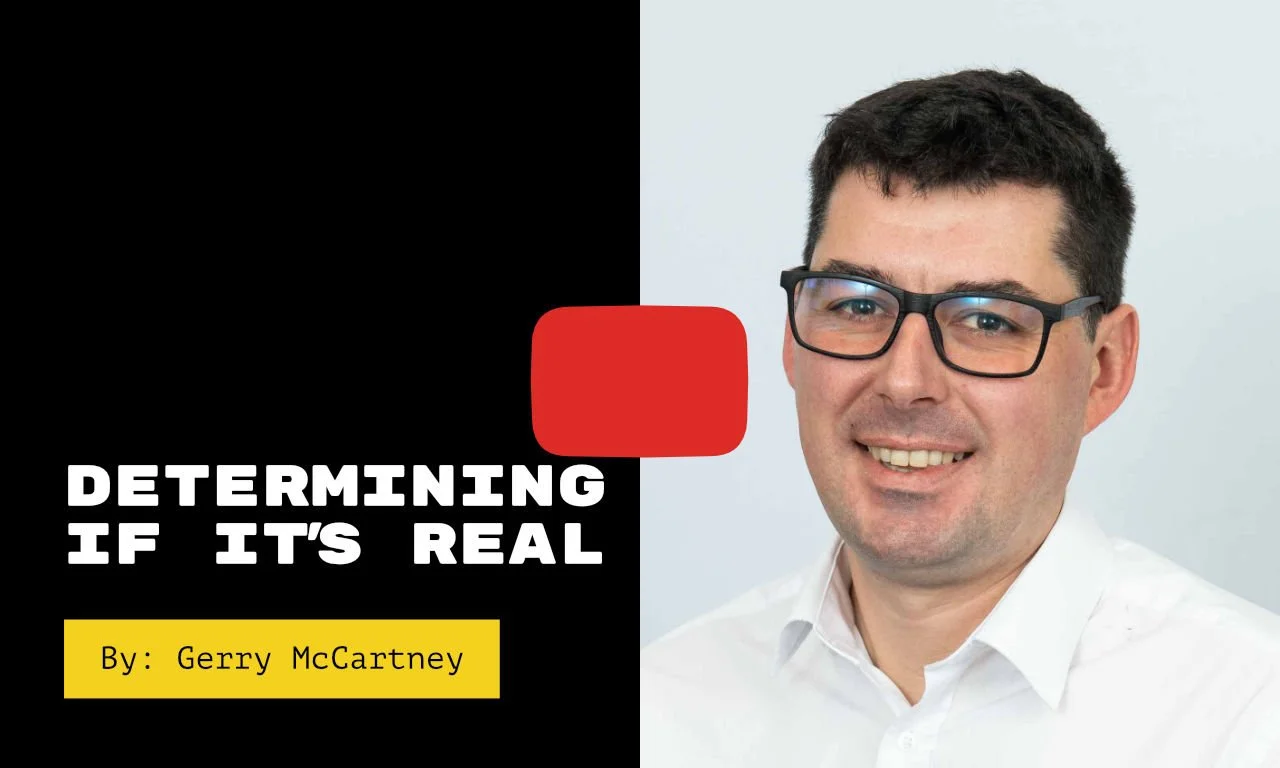Five criteria to determine if it's real
Then, there is accountability. As the term wellbeing economy is increasingly in use, initiatives can be presented or labelled as wellbeing economy initiatives without living up to what a genuine wellbeing economy transformation means. How to distinguish between genuine wellbeing economy approaches or wellbeing economy 'window dressing'?
Gerry McCartney, Professor of Wellbeing Economy at the University of Glasgow, and colleagues have defined five criteria to help make the distinction. Testing government initiatives against these criteria forms an important step to strengthen accountability towards transformative action and genuine progress [1].
The five criteria are:
Is the economy explicitly viewed by relevant actors as serving social and ecological wellbeing rather than the reverse?
Is there a comprehensive and plausible pathway to (re)design economic activities in a way that achieves these outcomes?
Is there a clear commitment to a just transition away from economic activities that cause ecological and social harms, recognising that some activities will require a significant lead time before they cease causing harm and that some of these harms may occur elsewhere?
Are there clear mechanisms that foster democratic decision making across all sectors of the economy, including government strategies and policy design as well as corporate decision-making?
Are negative wellbeing impacts between policy areas assessed and avoided, and positive impacts identified and promoted? (More on this in Module 9!)
McCartney and colleagues provide the following examples to illustrate the distinction between genuine wellbeing economy approaches and window dressing activities:
Wellbeing economy window dressing
Creating additional measures of societal progress in addition to existing economic measures (e.g. GDP) but without changing priorities.
Transferring state-owned assets to arm's-length community or voluntary organisations without sufficient funding or to reduce tax payments.
Increasing renewable energy infrastructure without actively reducing fossil fuel extraction.
Electrification of private vehicles as the main strategy to reduce transport-related carbon emissions.
Energy efficiency measures that are not accompanied by measures to ensure a decrease in overall energy consumption.
Incorporating a 'wellbeing lens' into public policies, without addressing the need for economic system change.
Genuine wellbeing economy approaches
Redefining the goals for our economies to be in service of social and ecological wellbeing.
Provision of high-quality shared goods, services and spaces, to move from ‘private luxury and public sufficiency’ to ‘private sufficiency and public luxury’.
Investing in renewable energy infrastructure whilst also actively reducing fossil fuel extraction.
Deep redesign of transport systems to support a modal shift from private vehicle use to active and shared transport modes.
Energy efficiency measures that are accompanied by pro-active measures to ensure a decrease in overall energy consumption.
Focusing on the root causes of ‘ill-being’ and a deep redesign of our economic system.
Distinguishing genuine wellbeing economy approaches from 'window dressing'.
Adapted from McCartney et al., 2023 [1]
References
[1] McCartney, G., Hensher, M. & Trebeck, K. (2023). How to measure progress towards a wellbeing economy: distinguishing genuine advances from ‘window dressing’. Public Health Research & Practice, 33(2), https://doi.org/10.17061/phrp3322309

